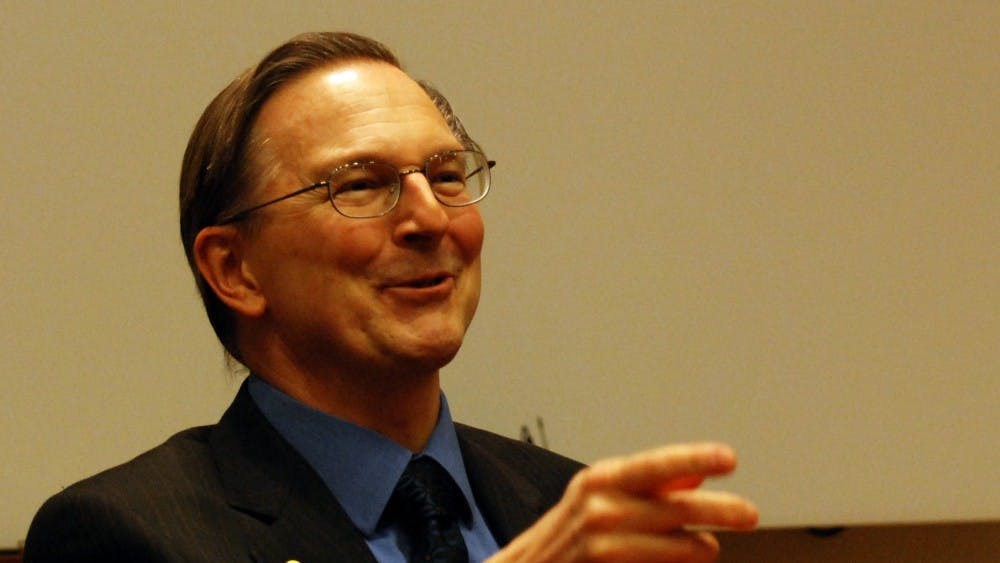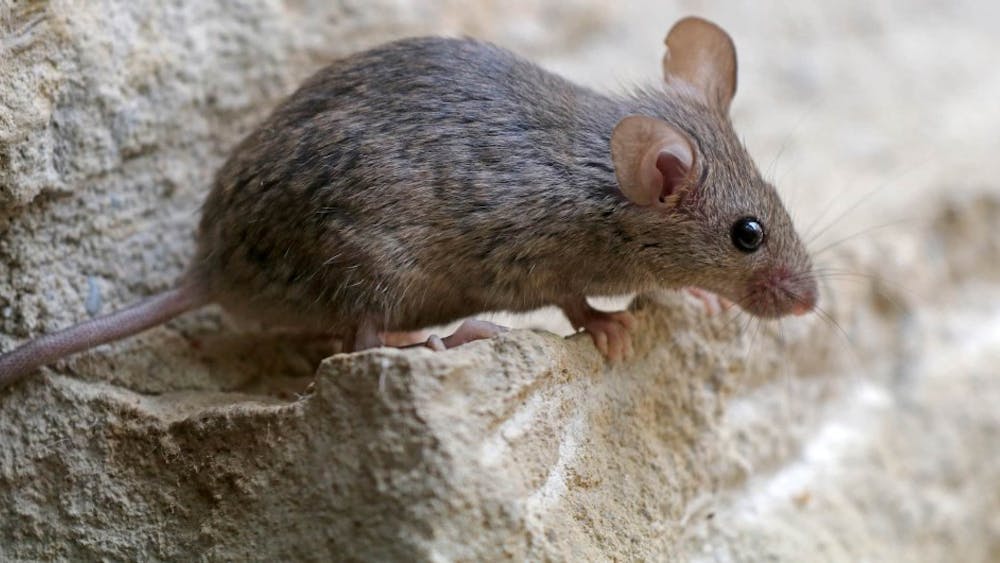Sharks should not get such a bad reputation
By CATHERINE PALMER | May 3, 2018According to National Geographic, “You have a one in 63 chance of dying from the flu and a one in 3,700,000 chance of being killed by a shark during your lifetime.” And yet, do we fear the flu? No. But we’re convinced that we may very well be fatally attacked by a shark whenever stepping foot in the ocean.

















